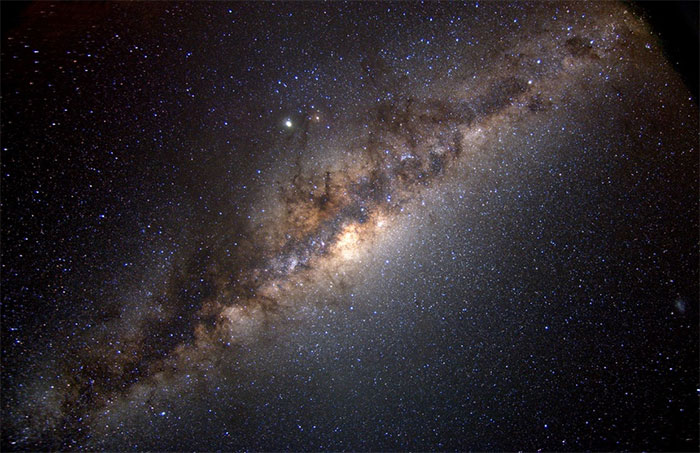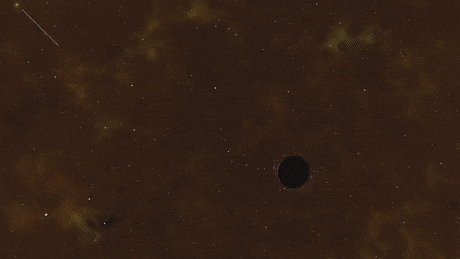Black holes are still a very mysterious celestial body that humans are trying to discover today.
Black holes have long been a subject of paper for astronomers. While it’s been theoretical for some time, it wasn’t until April 2019 that we got the first clear picture.
According to scientists, black holes play an important role in the development of the universe from the Big Bang to the present day. They even affect the formation of life in our galaxy.
However, due to the ability to swallow anything nearby, until now humanity has not been able to access and deeply research this mysterious celestial body.
Types of black holes
There are hundreds of different types of black holes in the universe. They vary in size, some are loaded and some black holes rotate. Therefore, scientists have grouped them into two main types of black holes to make it easier to find.

Besides their size differences, another characteristic difference between the two types of black holes is the distance between their centers and a place called the “event horizon”.
The “event horizon” is considered to be the limit at which the gravitational force of a black hole is stronger than any mechanical force. All matter, including light, located under the black hole cannot escape and completely disappears from space.
The distance between the center and the event horizon of a black hole depends on its own mass. This is the deciding factor in whether or not humans will survive if they move through a black hole.
For a black hole with the mass of the Sun, its event horizon has a radius of only 3.2 km. The supermassive black hole at the center of the Milky Way has an event horizon radius of up to 12 million kilometers.
So when someone crosses the event horizon of a small black hole, they are closer to their center than a super black hole. Since the event horizon is so close to the center, the gravitational force of a small black hole acting on the toes would be billions of times higher than an astronaut’s head if the person fell in the direction of the center. At this point, the astronaut’s body will go through the “paste” process and be torn apart.

However, in case the person is approaching a super black hole, because the radius of the event horizon is large, the ratio of the gravitational force exerted by the black hole on the toes and head of the l astronaut will be almost zero. Thus, this astronaut was able to cross the event horizon of the super black hole and remain intact.
Other factors
However, most black holes in the universe are surrounded by a hot metal disk that contains gas and dust from the stars and planets that it swallows.
These disks are called accretion disks. They are very hot and chaotic. Humans cannot exist inside them and this makes approaching black holes extremely dangerous.
So, the black hole that we decide to approach, besides being a super black hole, must also be separated from all surrounding objects so that the accretion disk described above cannot form.
Assuming all of the above conditions are met, astronauts begin their journey into a super black hole and another problem arises. All of the astronaut’s research and observations will forever remain below the event horizon.
As mentioned, no matter can escape the black hole if it is below the event horizon. This means that astronauts will not be able to send information back to Earth, all their discoveries will drift into oblivion after they die in the heart of a cold black hole.


